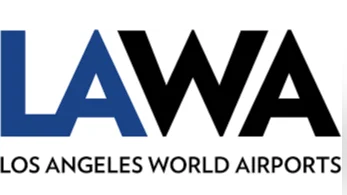- To one above FAA legal minimums on international widebody and transcontinental flights.
- To the legal minimum on Boeing 787-8 aircraft.
The union representing the flight attendants filed grievances over these changes but has not disclosed which parts of their contract were allegedly violated. An arbitrator's decision is pending, though a favorable outcome for the union appears unlikely.
Contract negotiations presented an opportunity to address staffing levels; however, this issue was not pursued by the union. The Federal Aviation Administration (FAA) might intervene regarding long-haul widebody aircraft staffing due to safety concerns associated with new business class suite configurations.
American Airlines has applied for a supplemental type certificate from the FAA to install doors on business class suites in their Boeing 777-300ER aircraft. These doors require approval because they could potentially slow down evacuation during emergencies if not properly managed.
The FAA typically mandates one flight attendant per zone of business class seats between emergency exits, covering up to 32 suites per zone. American Airlines proposes having 22 suites in one zone and 48 in another on their retrofitted aircraft. Consequently, the FAA requires two additional crew members in zones exceeding 32 suites to ensure door compliance during taxiing, takeoff, and landing.
Historically, for similar configurations like JetBlue’s mini-suites with doors, the FAA required additional flight attendants or forced airlines to disable such features due to increased workload and safety risks.
Inquiries about whether American Airlines can meet these new requirements without reducing business class seats have gone unanswered by the airline as of now.
 Alerts Sign-up
Alerts Sign-up



































